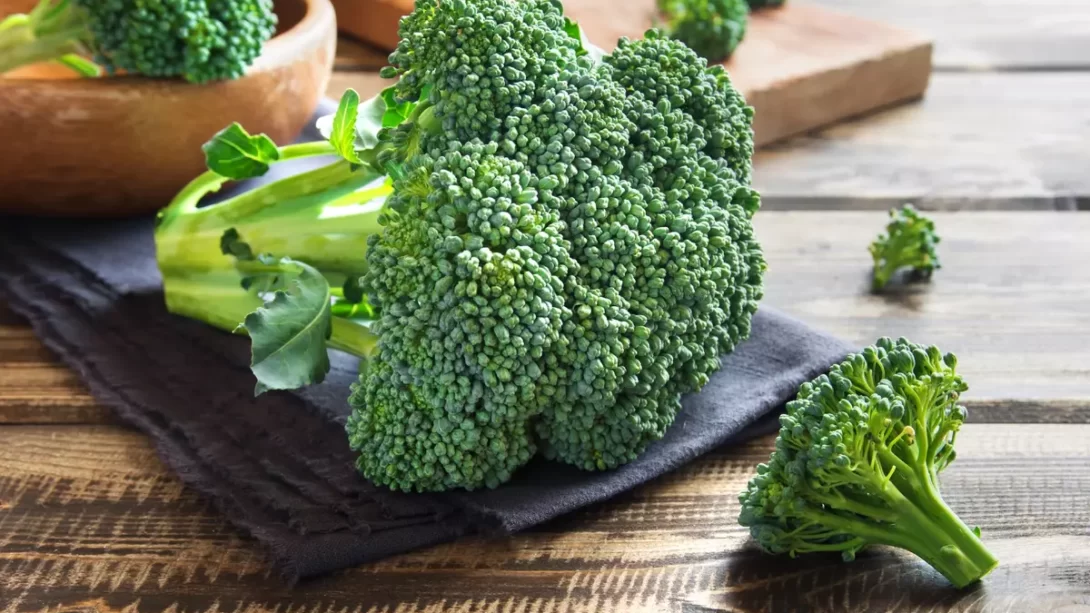Broccoli, a cruciferous vegetable, is a staple in kitchens worldwide. Not only is it renowned for its nutritional benefits, including being rich in vitamins, minerals, and fiber, but it also plays a versatile role in many culinary traditions. Understanding its flavor profile is key to incorporating broccoli effectively into a variety of dishes.
The Basic Flavor Profile of Broccoli
Broccoli has a distinct taste that can be described as mildly grassy with a slight bitterness. This bitterness, which is subtle, tends to be more pronounced in the florets than in the stalks. Compared to its close relatives like cauliflower and Brussels sprouts, broccoli’s flavor is more assertive, yet it retains a fresh, vegetal quality. This unique taste makes it a favorite in both raw and cooked forms.
Texture and Mouthfeel
The texture of broccoli significantly influences its overall taste experience. When raw, it has a crisp and crunchy texture, providing a satisfying bite. Cooking transforms its texture considerably, making it softer and easier to chew. The contrast between the firm stalks and tender florets adds to the appeal. The texture also plays a pivotal role in how broccoli absorbs and melds with flavors in a dish.
Influence of Cooking Methods on Flavor
The way broccoli is cooked can dramatically alter its taste. Steaming broccoli preserves its natural flavor and crispness while minimizing bitterness. Roasting brings out a nutty, almost sweet quality, and can reduce the inherent bitterness, making it appealing to those who might not enjoy it raw. Boiling, on the other hand, can make it softer and may leach some flavors into the water, which can be beneficial if you’re aiming for a milder taste. The addition of seasonings, such as garlic, lemon, or cheese, can also complement and enhance the natural flavors of broccoli.
Nutritional Components and Their Impact on Taste
Broccoli contains compounds like glucosinolates, which contribute to its characteristic taste. These compounds can give broccoli a slightly sharp, bitter edge, particularly noticeable in fresher specimens. The presence of vitamin C and fiber also affects its flavor profile. The freshness of broccoli is crucial; as it ages, it can develop a stronger, more pronounced bitterness. Proper storage, such as keeping it cool and dry, helps in maintaining its optimal flavor.
Varieties of Broccoli and Their Distinct Tastes
Different types of broccoli offer varying flavors, which can add diversity to your meals. The most common type, Calabrese broccoli, typically has a more pronounced flavor compared to others. Sprouting broccoli, including the purple and white varieties, tends to be more delicate and slightly sweeter. The growing conditions, such as soil and climate, also play a significant role in influencing the taste of broccoli. For instance, broccoli grown in cooler climates often has a sweeter, less bitter taste.
Pairing Broccoli with Other Foods
Broccoli’s unique taste allows it to pair well with a variety of flavors and ingredients. Its slight bitterness complements creamy or cheesy dishes, balancing the richness. In stir-fries, combining broccoli with soy sauce, ginger, and garlic brings out its vibrant, earthy notes. For a Mediterranean twist, pairing it with lemon, olive oil, and Parmesan can enhance its natural flavors. The key is to balance its inherent bitterness with complementary tastes, whether it be the umami of meats, the acidity of citrus, or the richness of dairy.
Tips for Using Broccoli in Recipes
When incorporating broccoli into recipes, consider both its flavor and texture. In salads, raw broccoli adds a crunchy element, while in soups and stews, it contributes a softer, more integrated texture. To retain the bright green color and crisp texture in cooking, briefly blanching broccoli in boiling water followed by an ice bath can be effective. Experimenting with different cooking methods and seasonings can reveal new ways to enjoy broccoli’s complex flavor profile.
Conclusion
Broccoli is a vegetable that offers more than just health benefits; its unique taste and versatility in cooking make it a valuable addition to any kitchen. Whether enjoyed raw, steamed, roasted, or boiled, broccoli provides a range of flavors from earthy and bitter to sweet and nutty. By understanding how to pair it with other ingredients and using appropriate cooking methods, you can unlock the full potential of broccoli in your culinary creations. Embrace the diversity of this green powerhouse and enjoy the depth of flavors it brings to your table.




